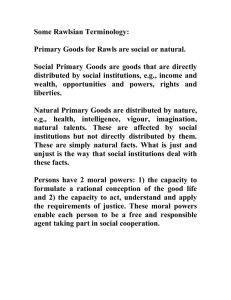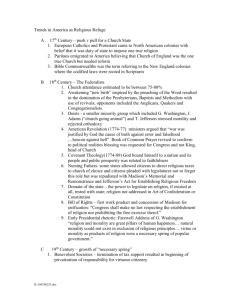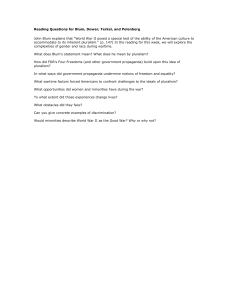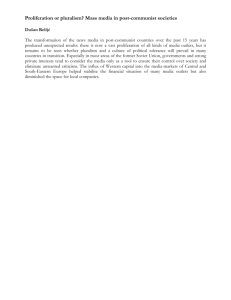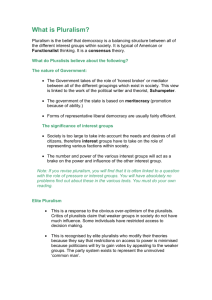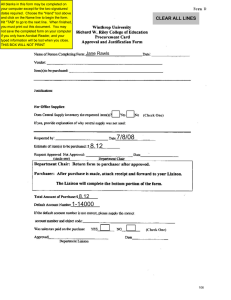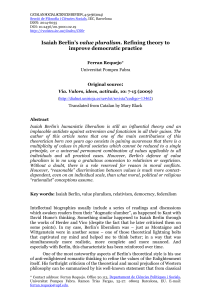General When each author talks about pluralism, what kind of pluralism... preferences? values? cultures?) he is talking about? What are...
advertisement
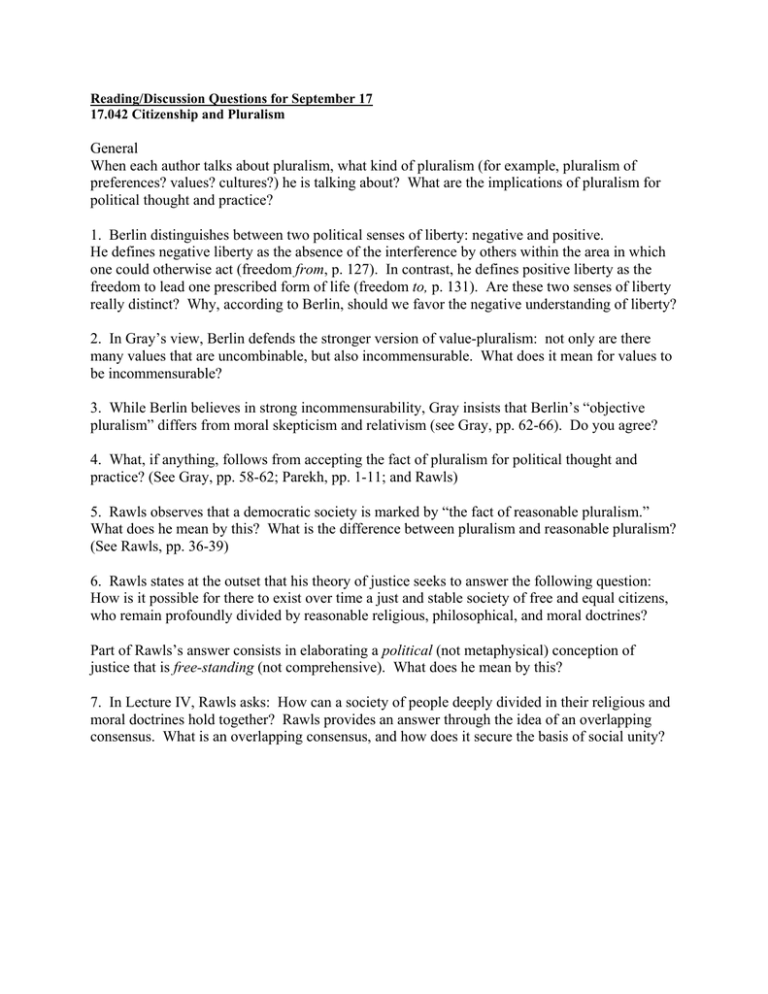
Reading/Discussion Questions for September 17 17.042 Citizenship and Pluralism General When each author talks about pluralism, what kind of pluralism (for example, pluralism of preferences? values? cultures?) he is talking about? What are the implications of pluralism for political thought and practice? 1. Berlin distinguishes between two political senses of liberty: negative and positive. He defines negative liberty as the absence of the interference by others within the area in which one could otherwise act (freedom from, p. 127). In contrast, he defines positive liberty as the freedom to lead one prescribed form of life (freedom to, p. 131). Are these two senses of liberty really distinct? Why, according to Berlin, should we favor the negative understanding of liberty? 2. In Gray’s view, Berlin defends the stronger version of value-pluralism: not only are there many values that are uncombinable, but also incommensurable. What does it mean for values to be incommensurable? 3. While Berlin believes in strong incommensurability, Gray insists that Berlin’s “objective pluralism” differs from moral skepticism and relativism (see Gray, pp. 62-66). Do you agree? 4. What, if anything, follows from accepting the fact of pluralism for political thought and practice? (See Gray, pp. 58-62; Parekh, pp. 1-11; and Rawls) 5. Rawls observes that a democratic society is marked by “the fact of reasonable pluralism.” What does he mean by this? What is the difference between pluralism and reasonable pluralism? (See Rawls, pp. 36-39) 6. Rawls states at the outset that his theory of justice seeks to answer the following question: How is it possible for there to exist over time a just and stable society of free and equal citizens, who remain profoundly divided by reasonable religious, philosophical, and moral doctrines? Part of Rawls’s answer consists in elaborating a political (not metaphysical) conception of justice that is free-standing (not comprehensive). What does he mean by this? 7. In Lecture IV, Rawls asks: How can a society of people deeply divided in their religious and moral doctrines hold together? Rawls provides an answer through the idea of an overlapping consensus. What is an overlapping consensus, and how does it secure the basis of social unity?
